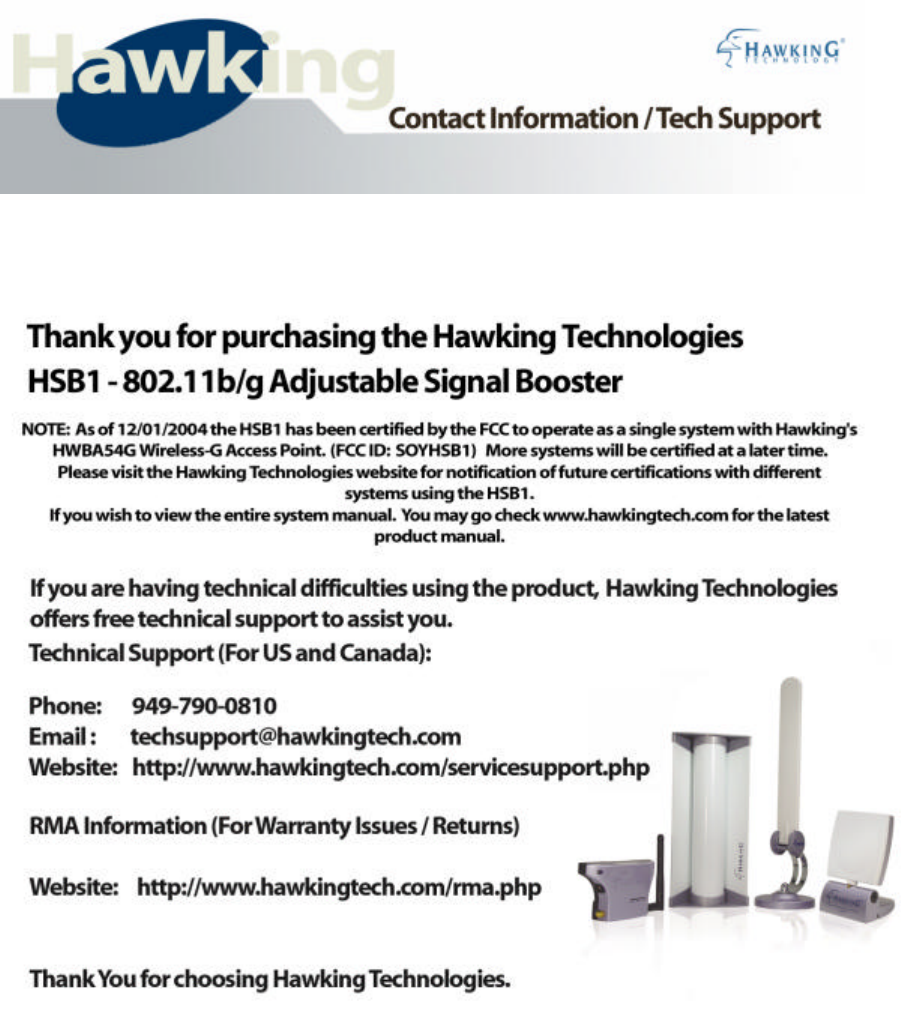Hawking Technologies HSB1 802.11b/g Adjustable WiFi Signal Booster User Manual HSB1 Manual 11 30 04 Pro FCC
Hawking Technologies, Inc. 802.11b/g Adjustable WiFi Signal Booster HSB1 Manual 11 30 04 Pro FCC
Contents
- 1. Users Manual
- 2. CRN 25109 Q2 user manual for booster
- 3. CRN 25109 user manual for access point
CRN 25109 Q2 user manual for booster
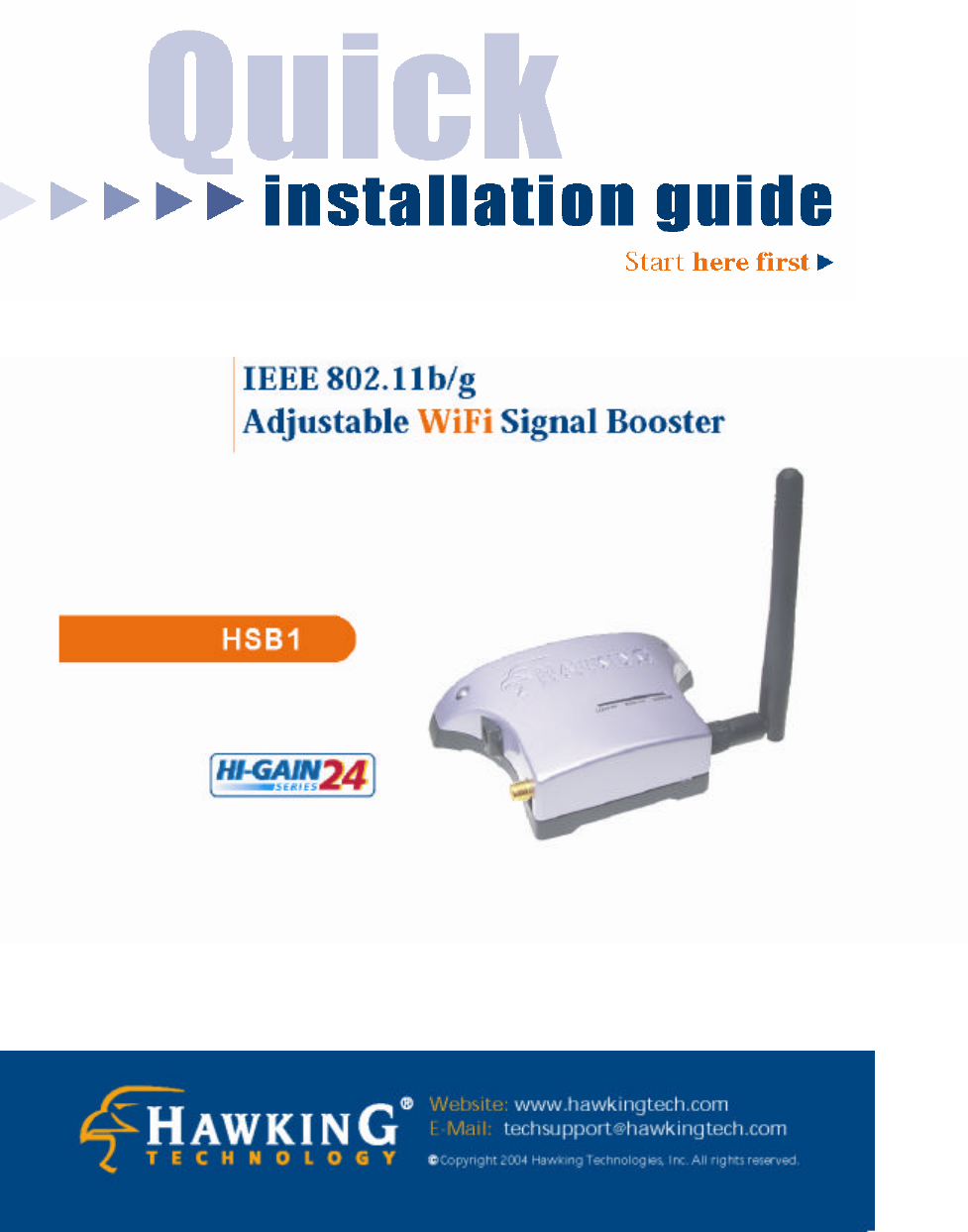

LIMITED WARRANTY
Hawking Technology guarantees that every HSB1 WiFi 802.11b/g Adjustable WiFi
Signal Booster and HWBA54G is free from physical defects in material and
workmanship under normal use for two (2) years from the date of purchase.
The kit contains three units, Hawking HWBA54G (Wireless Access Point), RF cable
and HSB1 (Signal Booster). RF Cable and HSB1 are designed to operate only with
Hawking HWBA54G as a single system, more systems may be certified at a later
time. Please visit Hawking Technologies website or contact by phone for any future
certifications of different systems using the HSB1.
If the product proves defective during this two-year warranty period, call Hawking
Customer Service in order to obtain a Return Authorization number. Warranty is
for repair or replacement only. Hawking Technology does not issue any refunds. BE
SURE TO HAVE YOUR PROOF OF PURCHASE. RETURN REQUESTS CAN
NOT BE PROCESSED WITHOUT PROOF OF PURCHASE. When returning a
product, mark the Return Authorization number clearly on the outside of the package
and include your original proof of purchase.
IN NO EVEN SHALL HAWKING TECHNOLOGY’S LIABILTY EXCEED THE PRICE PAID FOR
THE PRODUCT FROM DIRECT, INDIRECT, SPECIAL, INCIDENTAL OR CONSEQUENTIAL
DAMAGES RESULTING FROM THE USE OF THE PRODUCT, ITS ACCOMPANYING
SOFTWARE OR ITS DOCUMENTATION.
Hawking Technology makes no warranty or representation, expressed, implied or
statutory, with respect to its products or the contents or use of this documentation and
all accompanying software, and specifically disclaims its quality, performance,
merchantability, or fitness for any particular purpose. Hawking Technology reserves
the right to revise or updates its products, software, or documentation without
obligation to notify any individual or entity. Please direct all inquiries
to:techsupport@hawkingtech.com
Trademarks & Copyright
All brands and product names are trademarks of their respective companies.
No part of this publication may be reproduced in any form or by any means or used
to make any derivative (such as translation, transformation or adaptation) without
the express written consent of the manufacturer as stipulated by the United States
Copyright Act of 1976.
Warning Statement:
Federal Communication
Commission Interference Statement
Federal Communications
Commission (FCC) Requirements,
Part 15
1. Reorient or relocate the receiving antenna.
2. Increase the separation between the equipment and receiver.
3. Connect the equipment into an outlet on a circuit different from that to which
the receiver is connected.
4. Consult the dealer or an experienced radio/TV technician for help.
This device complies with Part 15 of the FCC Rules. Operation is subject to
the following two conditions:
(1) This device may not cause harmful interference.
(2) This device must accept any interference received, including interference
that may cause undesired operation.
FCC Caution:
FCC RF Exposure Statement:
This Transmitter must not be co-located or operating in conjunction with any other
antenna or transmitter. This equipment complies with FCC RF radiation exposure
limits set forth for an uncontrolled environment. This equipment should be installed
and operated with a minimum distance of 20 centimeters between the radiator and
your body. Unauthorized antenna, modification, or attachments could damage the
transmitter and may violate FCC regulations.
Regulatory information/Disclaimers:
Any changes or modifications (including the antennas) made to this device that are
not expressly approved by the manufacturer may void the user's authority to operate
the equipment.
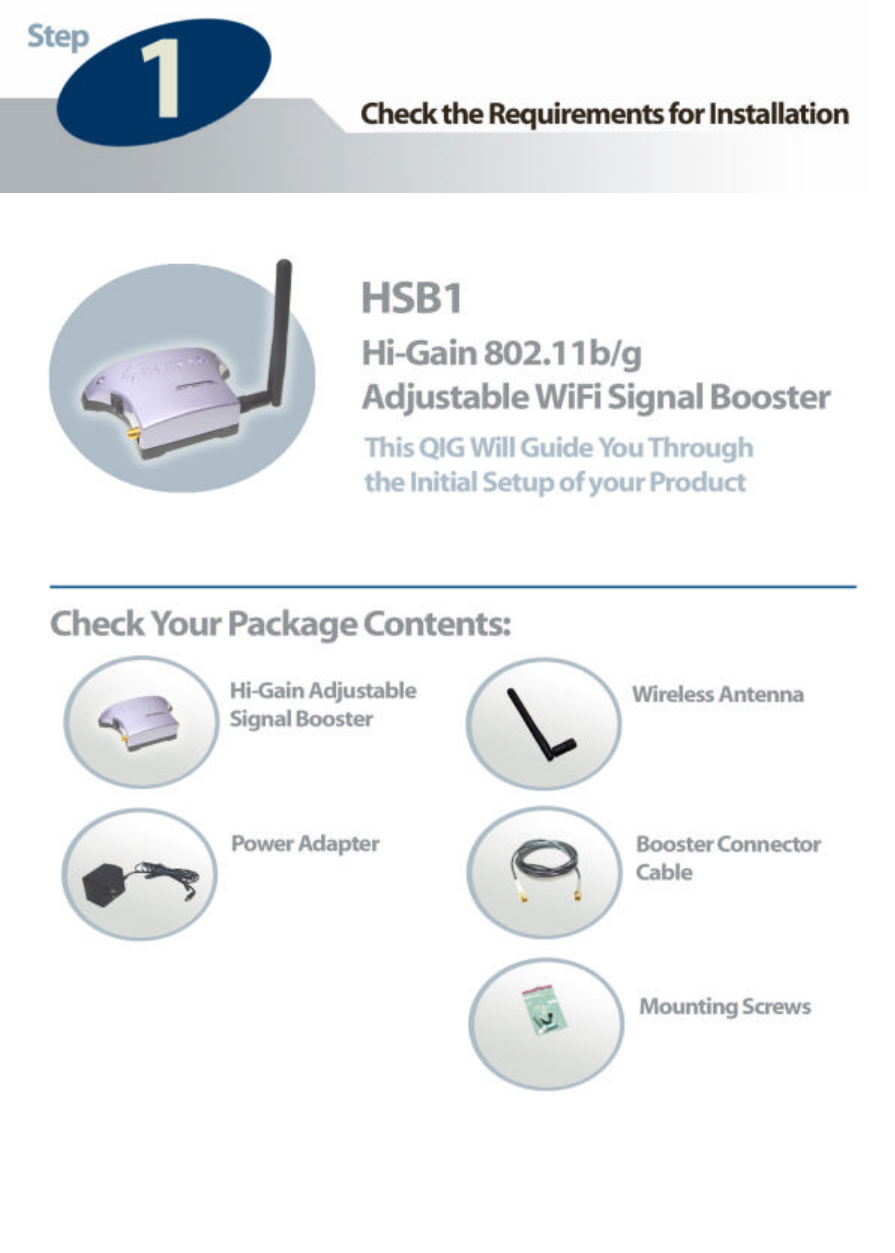
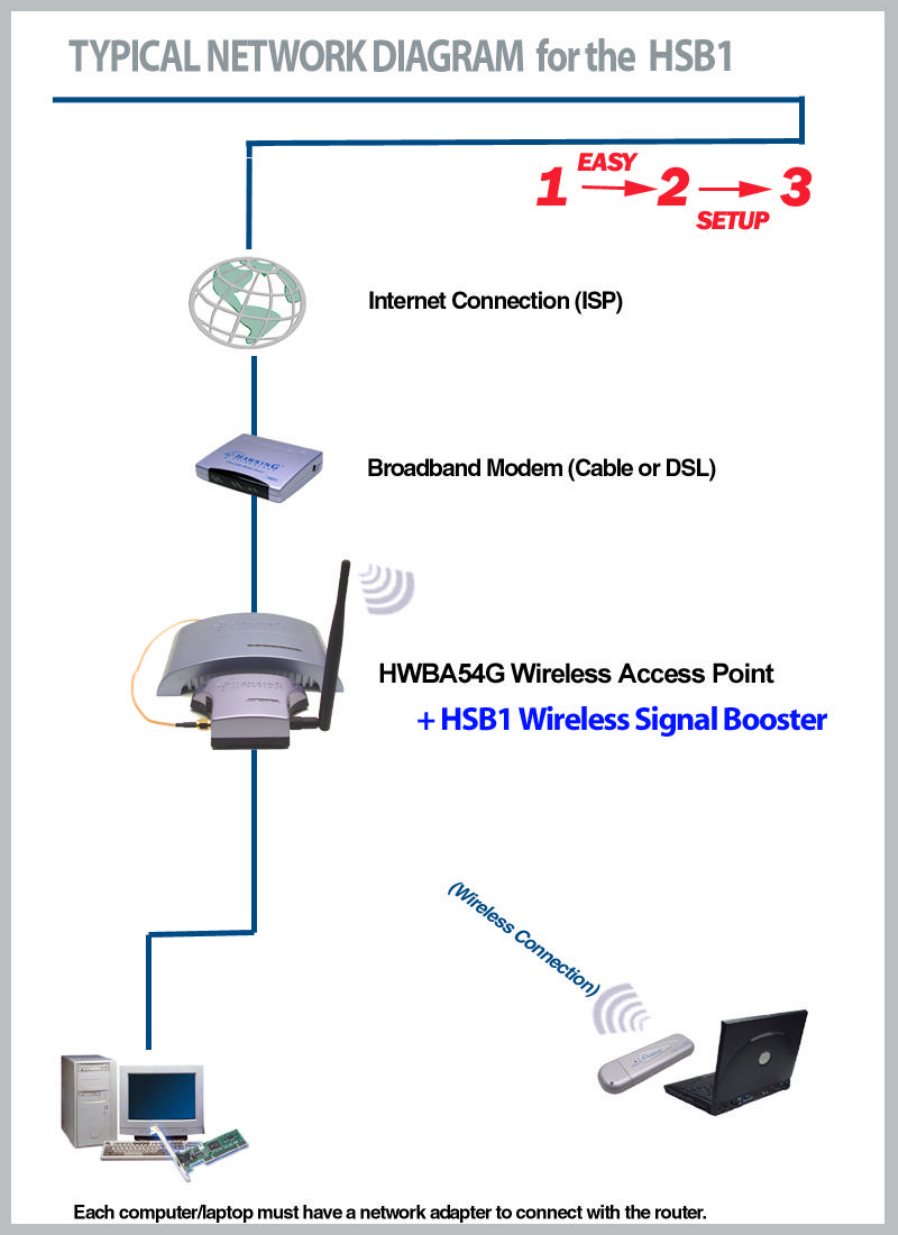
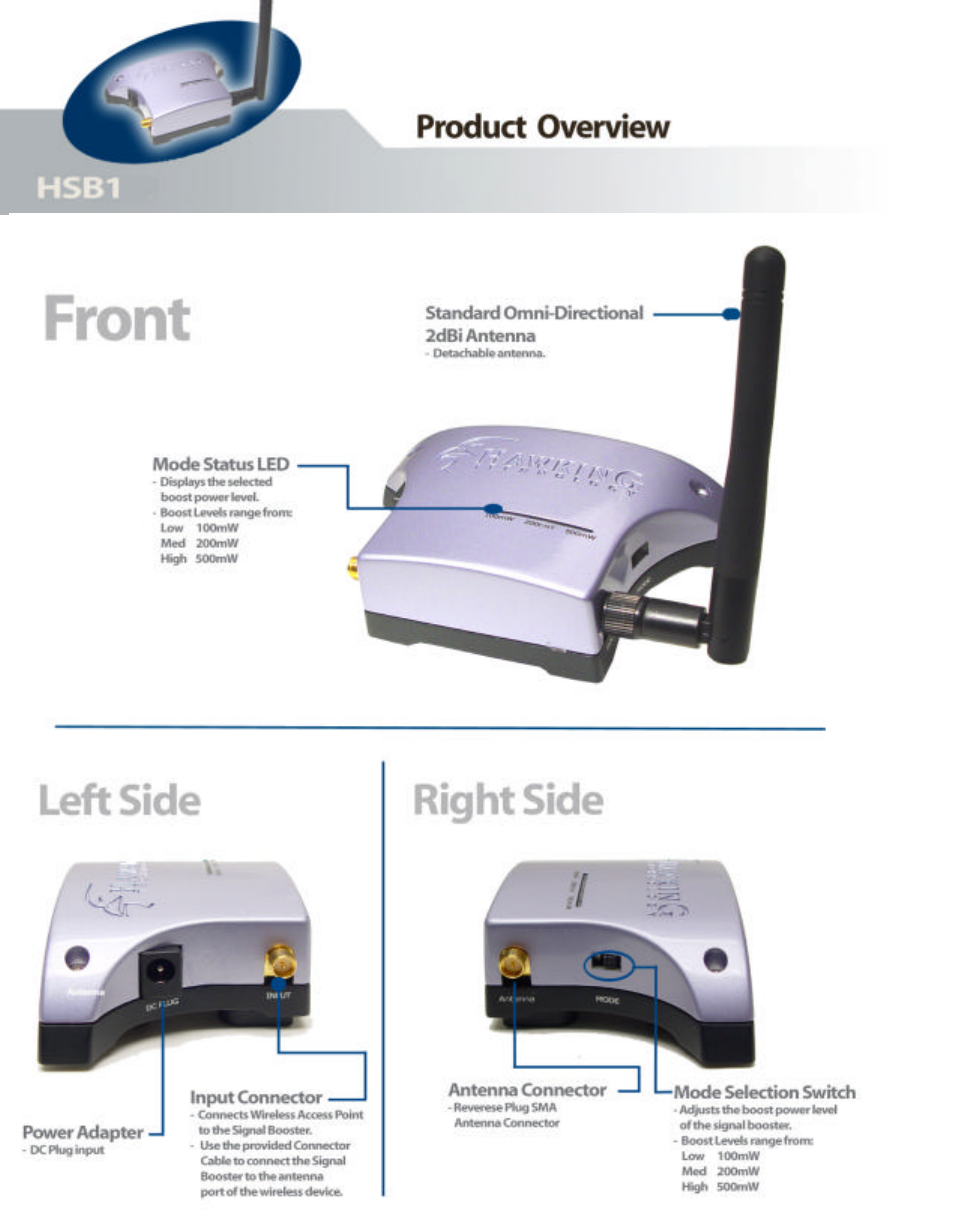
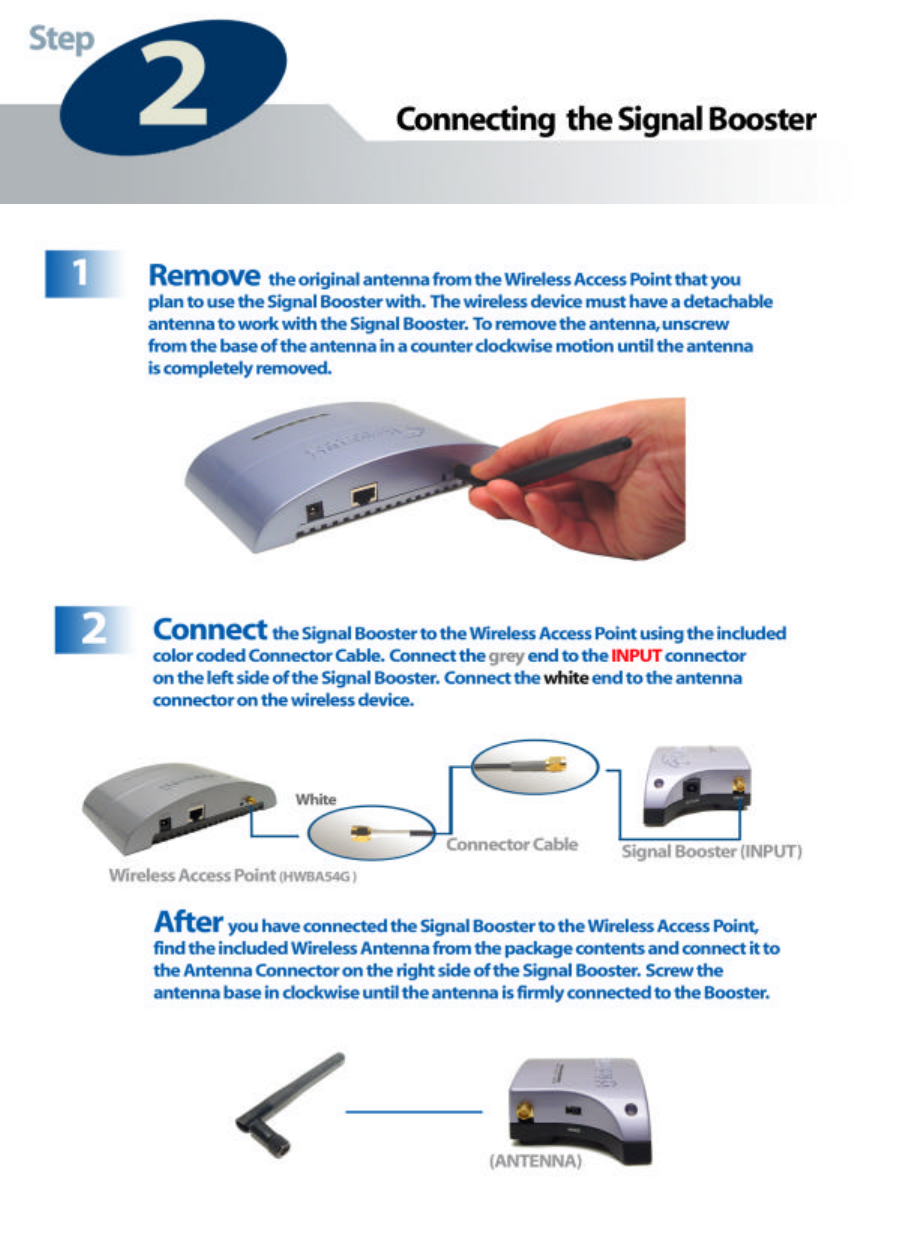
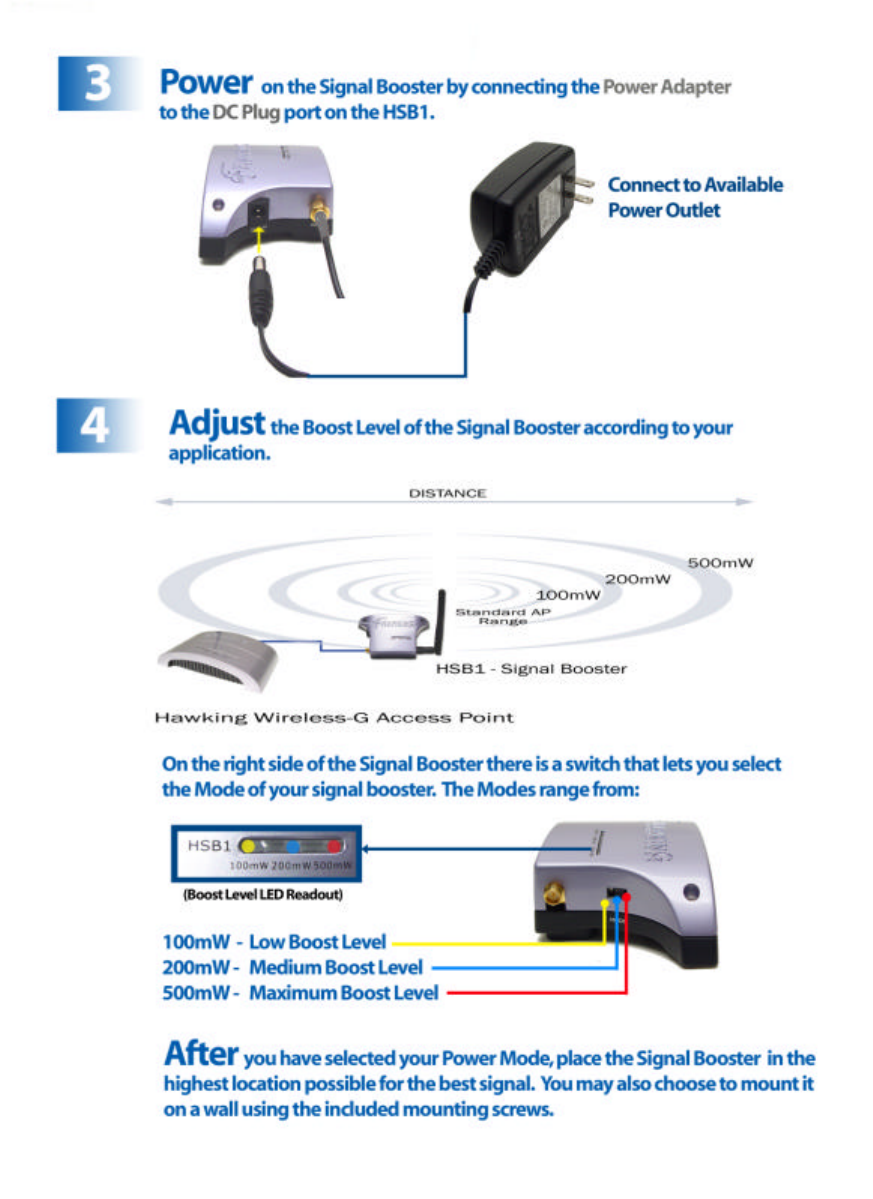

Network/Operating Range:
IEEE 802.11b WLAN Standard
IEEE 802.11g WLAN Standard
2400 - 2500 MHz
Transmit Gain: up to 27dB
Frequency Response: +/- 1 dB
Output Power: 100/200/500mW
Input Gain:
Receiver Gain: 10-13 dBm, 12 dBm Typical
Noise Figure: 3.5 dB typical
Connectors:
Input: SMA Jack
Antenna: Reverse SMA Jack
Power: External Power Adapter
DC Surge Protection: Available
Cable Type, Length: ½ Meter
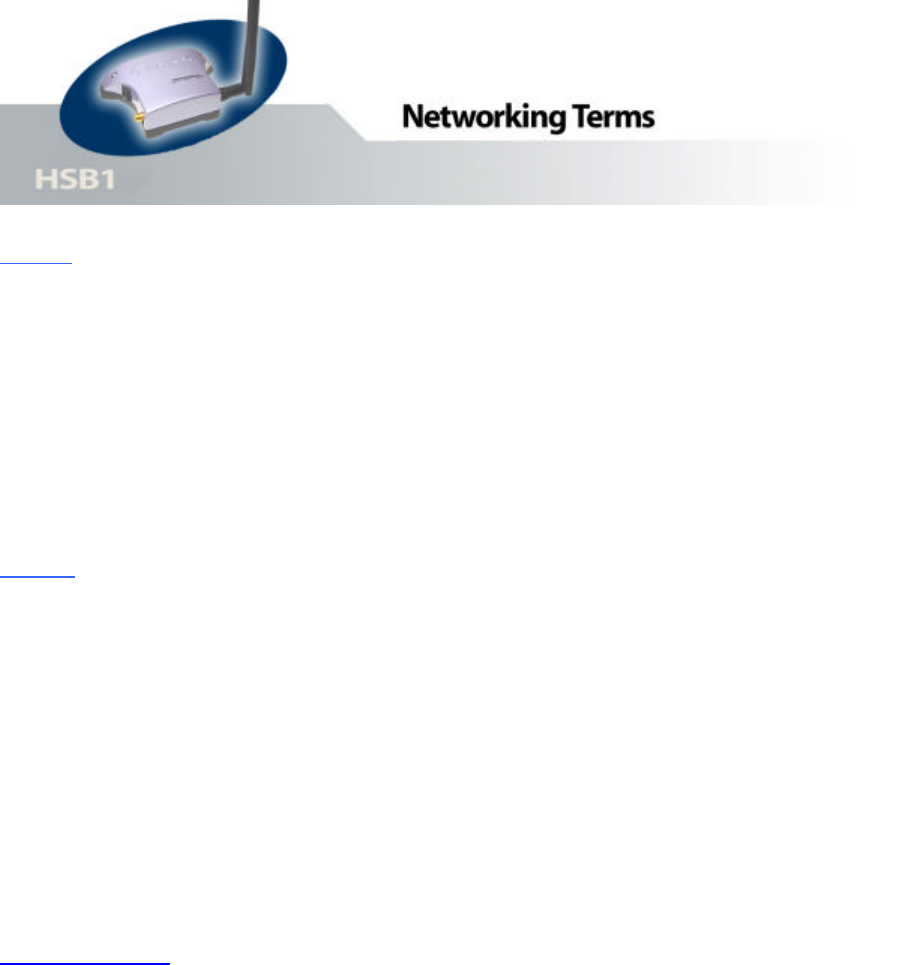
Ethernet
A networking standard using cables (Category 5) to create a network.
Network Adapter - Also known as a NIC (Network Interface Card). Used to provide PC’s or laptops with an
Ethernet port or wireless access to the network.
Broadband Modem - A device that allows broadband connection to the internet. Broadband connections include
speeds faster than 56k (dial up modem speed). The two most common types of Broadband connections are DSL
and Cable. Cable modem relies on the bandwidth of cable television lines while DSL modems rely on the
telephone lines operating at DSL speeds.
Router - A device used to share internet access from one user to multiple users. By taking one IP address
(Addresses used by ISP’s to assign broadband services to your computer) the Router distributes the services of
your broadband access among multiple users and IP’s.
Wireless
Wireless Device – Any WiFi device (802.11b/g) that communicates wirelessly using the IEEE802.11 wireless
standard. These devices can range from wireless access points to wireless routers to wireless PCI client cards.
IEEE 802.11 – Wireless Network Specifications
• 802.11 -- applies to wireless LANs (Networks) and provides 1 or 2 Mbps transmission in the 2.4 GHz band
using either frequency hopping spread spectrum (FHSS) or direct sequence spread spectrum (DSSS).
• 802.11b (also referred to as 802.11 High Rate or Wi-Fi) -- an extension to 802.11 that applies to wireless
LANs and provides 11 Mbps transmission (with a fallback to 5.5, 2 and 1 Mbps) in the 2.4 GHz band.
802.11b uses only DSSS. 802.11b was a 1999 ratification to the original 802.11 standard, allowing
wireless functionality comparable to Ethernet.
• 802.11g -- applies to wireless LANs and provides 54 Mbps in the 2.4 GHz band. Backwards compatible
with IEEE 802.11b products.
Hi-Gain WiFi Device
High powered antenna or device used to increase the distance of your WiFi network.
dBi (decibel) - A unit of measurement used to determine the gain level of wireless antennas.
mW (MilliWatt) - A unit of measurement used to determine the power level of wireless devices.
